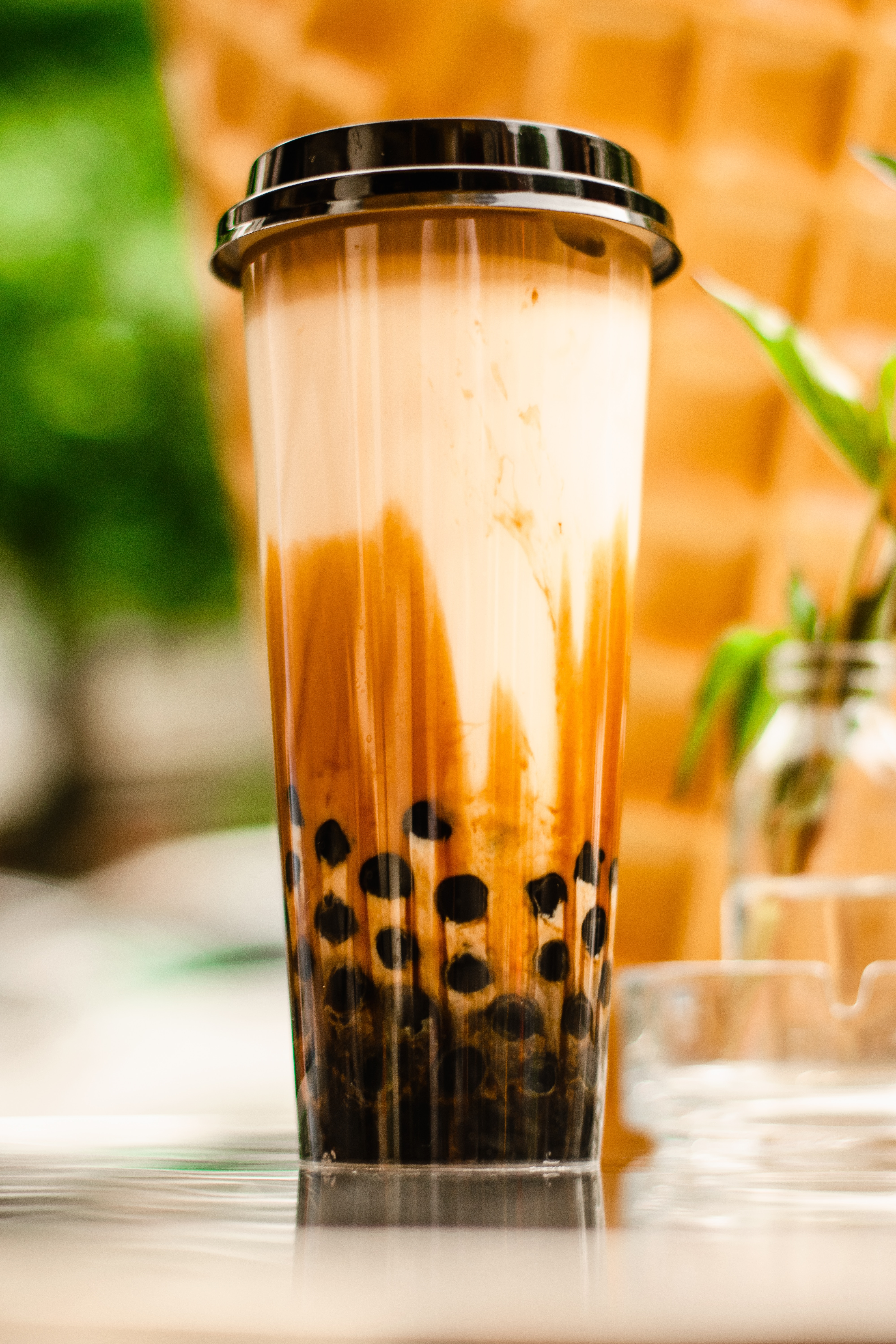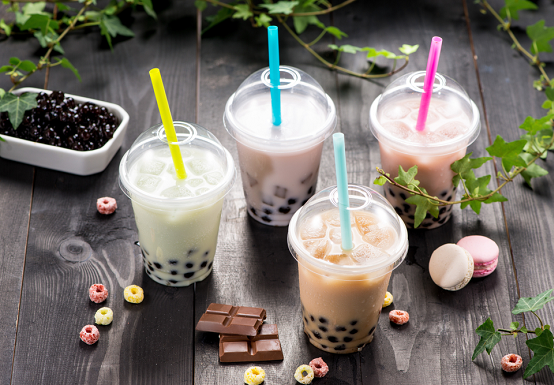News
Bubble Tea “Increases the Risk of Chronic Diseases”, says Hospital in Singapore
Sorry to spill the tea~

On some level in the back of our minds, most of us know that bubble tea is very likely detrimental to our health. Yet, the hype for it doesn’t seem to ever fade, and that was oh so evident to me when I recently witnessed a queue for bubble tea overflowing to the store next door in SS2, Petaling Jaya. Want to slurp on in ignorant bliss? Click away now. If not, we’re about to let you know how the ingredients in bubble tea “increases the risk of chronic diseases”, according to a study by Mount Alvernia Hospital in Singapore.
Bubble Tea — Remember It’s Not Just A Tea

“It’s tea. How can it be bad for health?” I always had to bite back sharp remarks whenever I heard statements like that. Imagine broccoli, one of the most healthy vegetables out there. It’s good for health, right? Now, think of it served with a full bowl of white rice flooded to the brim with curry, accompanied by a piece of fried chicken and a can of cold soft drink. I dare you to look me in the eye and say that the meal you just got from the mixed rice stall is still a healthy one!
(P.S. I see some comments going along the logic of “bubble tea has been around for very many years, hence it can’t be bad”. Really, though? How about burgers, fried chicken, and worst of all, cigarettes? It’s all been around and popularised since forever ago too. Can the same reasoning apply?)
The very same concept applies here, as Mount Alvernia Hospital tries to warn us in their recent study. In their article, they explained that ingredients used in bubble teas like non-dairy creamer and toppings have high fat and sugar content. These, in turn, increases the risk of chronic diseases. They gave the example of non-dairy creamers, which contain trans fat in the form of hydrogenated palm oil which has been “strongly correlated with increasing the risk of heart disease and stroke”.
The Numbers Behind It All
A health geek looking for the data behind it all? “Due to overwhelming requests”, Mount Alvernia Hospital has recently released a simplified chart of the data behind their study. In the chart, it details the amount of calories in bubble tea toppings, teaspoons of sugar in drinks, as well as how to make your bubble tea “guilt-free”.
According to the chart, it shows that milk foam, cheese foam, and tapioca pearls (which is kept in sugary syrup to keep moist before being served) are the three most unhealthy toppings, beating even Oreo. These contain up to almost 7 times the amount of calories in healthier options such as aloe vera and red bean.
However, that’s just taking the toppings into account. The main bulk of the drink in itself is already unhealthy in itself. In fact, their study has shown that a medium-sized drink of 500ml contains 8 teaspoons of sugar, whilst the larger variant of 700ml contains 11 teaspoons of sugar.
To put that into perspective, if you’re an adult, you’re recommended to take only 8-11 teaspoons of sugar per day. That means you need to have absolutely no sugar for the rest of your entire day. How about for kids and teenagers? The recommended amount is 5 teaspoons, which means you’d be exceeding your sugar cap for the day with just one medium-sized bubble tea, let alone exceeding it by two times with a larger-sized drink.
I’d Like to Avoid Chronic Diseases. What Can I Do Moving Forward?

It may not be very easy to just stop buying it despite now being armed with the knowledge of how bad it is for your health. In fact, some of you may not even want to stop, and simply want to seek a healthier, diet-coke alternative to solve your problems. In both cases, here are a few things you can change about your bubble tea routines.
- Lower the sugar levels. Tell them you want a lower percentage of sugar (30% ideally), and it should go a long way.
- Avoid toppings. If you still want them, get the healthier options like aloe vera.
- Limit yourself to a cup or two per week. Unless you’re planning to not have anything sugary at all for the rest of the week, follow this rule of thumb.
Mount Alvernia Hospital also suggested to lower the sugar levels step-by-step to “help train your taste buds over time”. They also mentioned that green tea, oolong tea, and black tea are all good zero-calorie options available in most bubble tea stores.
I’m sure you’ll have plenty of time to ponder on this the next time you queue for your bubble tea, ’cause God forbid we all know how long queues can be for these starch ball drinks. The key here is moderation. Too much of anything can be bad for you, and in this case, it would be sugar. Decide to live today, and live to decide another day.
?We are hiring interns, editors and videographers. Send your resume to career@foodie.my?
Join Our Facebook Groups — KL, Penang, Johor, and Singapore!




